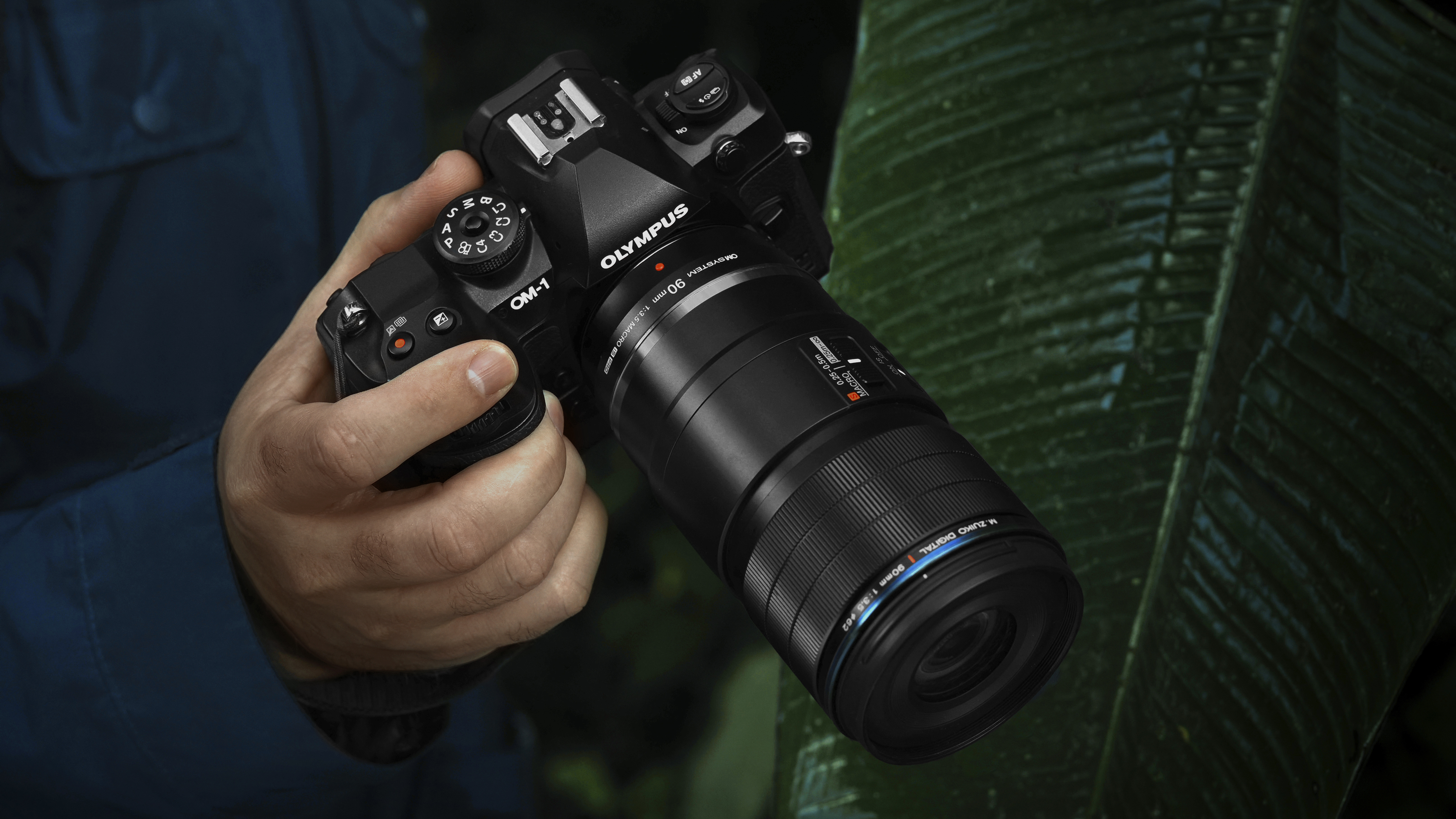The best macro lenses: experience extreme magnification in close-up shooting
I reveal the best macro lenses for extreme close-ups, suiting a wide variety of DSLRs and mirrorless cameras

With the best macro lenses, photographers can capture startlingly detailed images of the tiniest subjects, both natural and well-made. If you've come across an image of a tiny insect or plant that dramatically fills the frame with incredible levels of detail, and have wondered how it was made – well, chances are good it was with a macro lens.
Macro lenses are built with a specific optical construction that enables the dramatic magnification of small subjects. They're also designed to focus at close distances, helping to throw out the background, and provide a flat plane of focus that reduces softness in the corners. We've reviewed and tested a great number of macro lenses, and these are the ones that have made the best impression – for all the major camera systems.
If you're looking for your close-up camera, too, check out our guide to the best cameras for macro photography. Otherwise, read on!

Matthew Richards is a photographer and journalist who has spent years using and reviewing all manner of photo gear. He is Digital Camera World's principal lens reviewer – and has tested more primes and zooms than most people have had hot dinners! In this guide, he has selected the best macro lenses for each system.
The Quick List
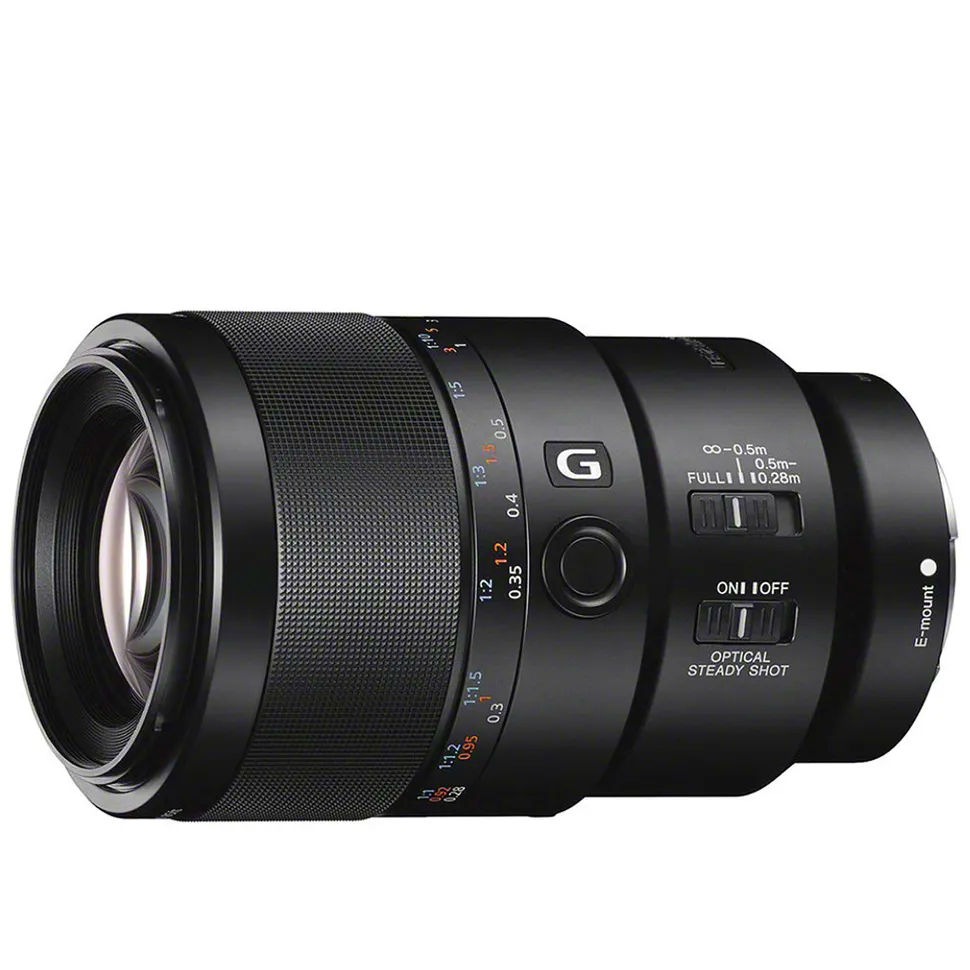
Sony users have plenty of choice, as always, but we particularly like this capable telephoto prime packed with useful features for macro. It's pricey, but the quality is amazing.

This stunning lens offers a big reproduction ratio, highly effective stabilisation, and a dedicated bokeh control ring! EOS R users get one of the best macros around.

Sigma deserves special mention for its top-notch macro lenses, and this 105mm for Sony mirrorless cameras is our pick of the bunch – its image quality is absolutely stellar.

This beautiful lens ain't cheap, but for Fujifilm X users it's also an absolutely sublime piece of kit. Image quality is beautiful, and the lens itself is weatherproofed.

With excellent quality throughout the entire aperture range, Canon's DSLR macro lens helps you maximise depth of field. It's got a nice manual focus action, too.

An all-around stunning lens with pro-grade construction and handling, the Nikon Z 105mm offers a level of precise control for super-fine adjustments to focusing.
Load the next products ↴

This lens makes the most of the advantages of Micro Four Thirds, delivering an equivalent 4:1 reproduction ratio that seriously enlarges subjects.

Compact for a full-frame lens, Panasonic's Lumix S 100mm impresses with its pin-sharp quality, accurate focusing and balanced construction.
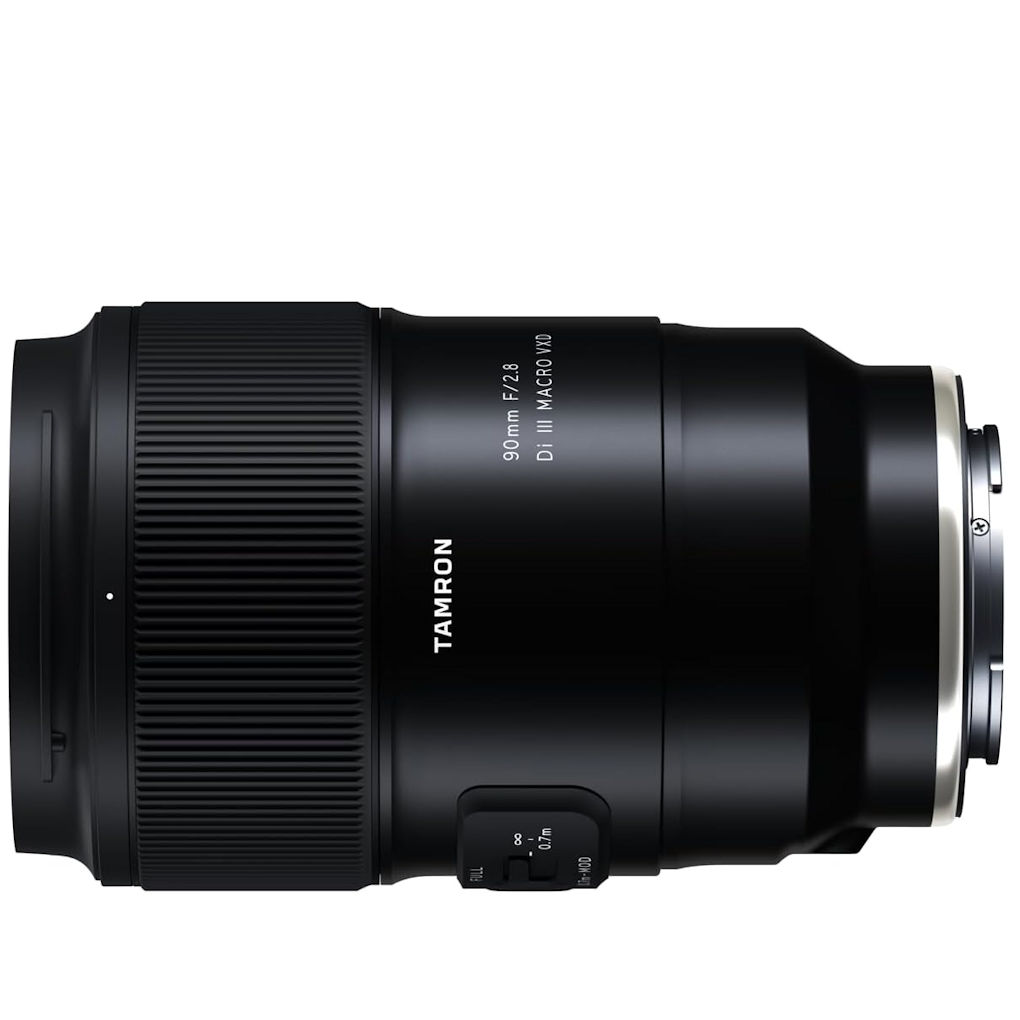
Tamron has been making somewhat legendary 90mm macro lenses since 1979. This is the latest and greatest edition for mirrorless cameras.
The best macro lenses
Why you can trust Digital Camera World
Best Sony macro lens
Specifications
Reasons to buy
Reasons to avoid
Typical of Sony’s recent G-series and G Master lenses, there’s no shortage of quality in this 90mm macro prime. It’s fully compatible with full-frame and APS-C format E-mount cameras, and packs plenty of high-tech features, including a Dual DDSSM (Direct Drive Super Sonic wave Motor) autofocus system for rapid, accurate and near-silent performance, plus ‘Optical SteadyShot’ stabilization. The optical path includes aspherical, ED and Super ED elements, built into a precision-engineered, weather-sealed metal casing. Handling benefits from a super-smooth and precise focus ring, with an electronic fly-by-wire coupling. There’s also a three-position autofocus range limiter switch and a focus hold button. Image quality is outstanding but it’s a pricey lens to buy.
See our full Sony FE 90mm f/2.8 Macro G OSS review
Features ★★★★★ | Smart features include a function button, autofocus range limiter switch and optical stabilization. |
Design ★★★★☆ | The focus distance scale is an upside but the push/pull auto/manual focus ring feels a bit antiquated |
Performance ★★★★☆ | Image quality is excellent but the effectiveness of stabilization is limited for extreme close-up shooting. |
Value ★★★★☆ | It’s not overly expensive for a top-flight macro lens but also not the greatest value for money. |
Best for Canon RF mount
Specifications
Reasons to buy
Reasons to avoid
Somehow Canon did the impossible, the Canon RF 100mm f/2.8L Macro IS USM takes everything that was great about the EF version of this lens and makes it even better. Magnification? Boosted to 1.4x. Stabilization? Upped to 8 stops (on the EOS R5 and R6). Bokeh? Even more beautiful, thanks to a control ring that shifts the lens elements. Focus and breathing? Faster and more controlled than ever. It's a superb standalone portrait lens as well, with pin-sharp rendering and a flattering focal length. If you're an EOS R-series shooter and you want to photograph close-ups of small things and large things alike, you've just found your next purchase! Unfortunately, the price has increased along with the specs, so start saving...
See our full Canon RF 100mm f/2.8L Macro IS USM review


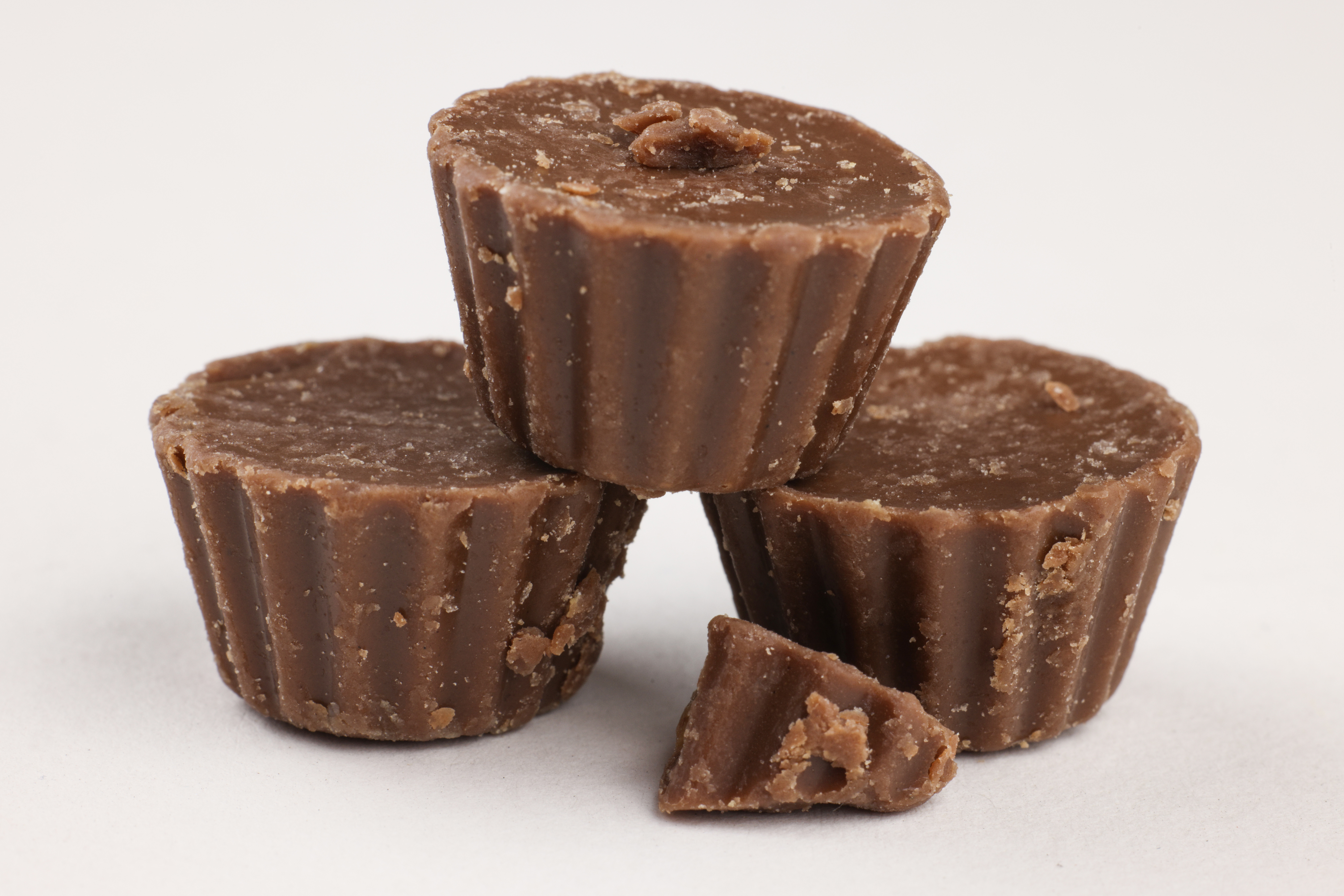

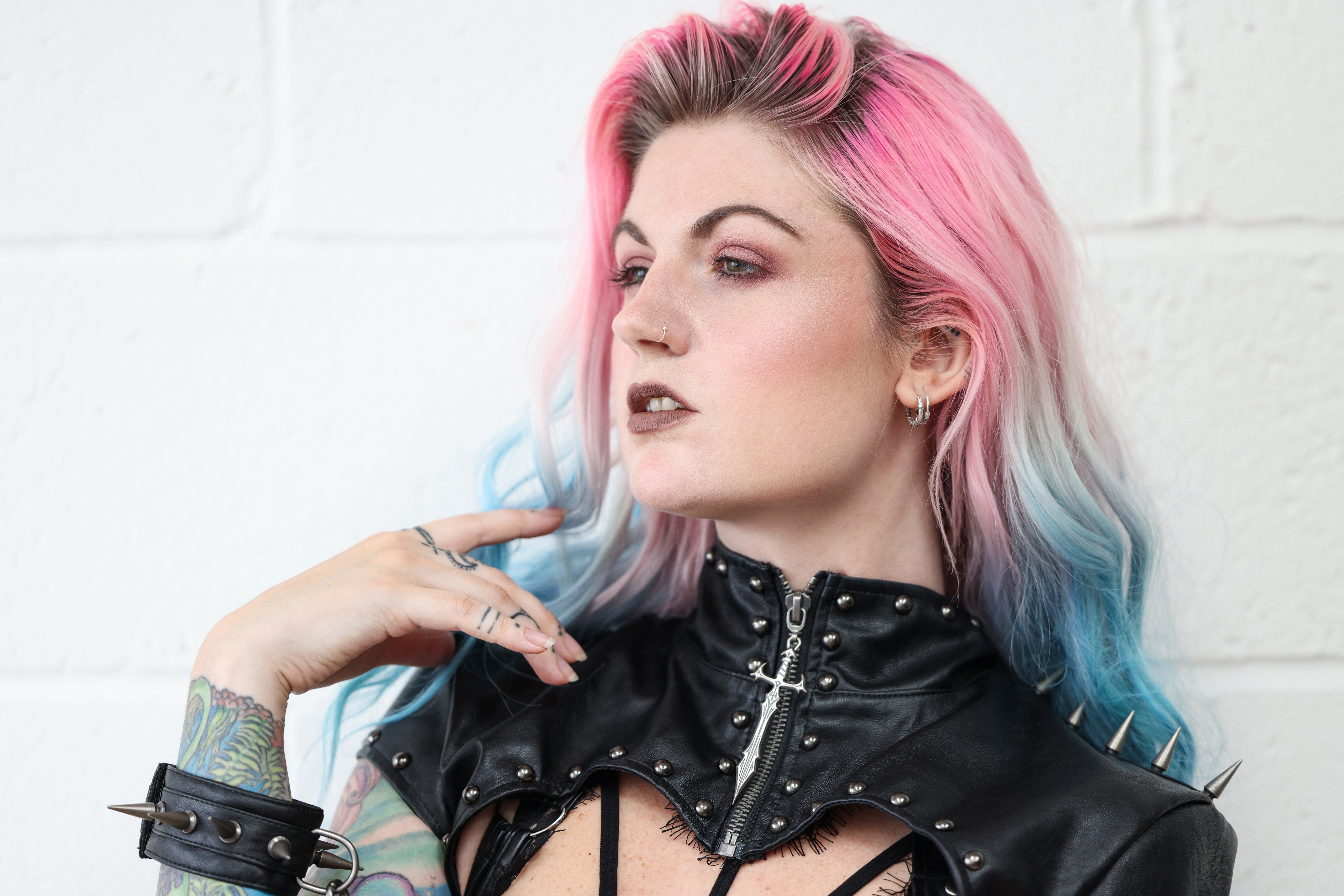
Features ★★★★★ | When is a full macro lens not a full macro? This one stretches all the way to 1.4x with a host of accompanying features. |
Design ★★★★★ | The design includes a spherical aberration control ring for control over bokeh, amongst other highlights. |
Performance ★★★★★ | Resolution of fine detail in extreme close-up photography is exemplary, as is all other aspects of performance. |
Value ★★★★★ | There’s no denying it’s pricey for a macro lens, but you get what you pay for and more to boot. |
Best Sigma macro lens
Specifications
Reasons to buy
Reasons to avoid
Sigma used to make an excellent 105mm f/2.8 macro lens for DSLRs, but this version has been completely redesigned for mirrorless cameras. For revealing ultra-fine levels of detail in anything from insect and bug photography to extreme close-ups of all things small and smaller, this is a fabulous macro lens. It’s super-sharp and delivers stellar image quality in all respects, while the feature-rich, high-quality build ensures wonderfully refined handling. The lens also works well for portraiture and general short-telephoto shooting with Sony full frame cameras (it's also available in an L-mount version).
See our full Sigma 105mm f/2.8 DG DN MACRO Art review



Features ★★★★★ | Smart features include an autofocus range limiter and an aperture control ring with click/de-click options. |
Design ★★★★★ | The design enables full 1.0x macro magnification with high-end handling and weather-seals. |
Performance ★★★★★ | Sharpness is superb and the Sigma is a top performer in all aspects of image quality. |
Value ★★★★☆ | It’s not cheap but the price is very reasonable considering the features and build quality. |
Best for Fujifilm X mount
Specifications
Reasons to buy
Reasons to avoid
While Fujifilm users do have to fork out a considerable chunk of cash for this macro prime lens, it is a wonderful piece of imaging technology. Image quality is, of course, gorgeous, just as we’ve come to expect from X-mount Fujinon lenses. The maximum aperture of f/2.8 gives you plenty of depth-of-field flexibility, and the equivalent focal length of 122mm means it also functions as an excellent portrait lens. The minimum focusing distance of 25cm lets you get nice and close to your subjects for true macro work, and the extensive weatherproofing around the chassis means you can fearlessly take the lens out into wet and otherwise inclement conditions. Those wanting a shorter focal length, for closer working distances, then also consider the Fujifilm XF60mm f/2.4 R Macro.
See our full Fujifilm XF80mm f/2.8 R LM OIS WR Macro review



Features ★★★★☆ | There’s a decent feature set which includes an aperture ring and optical image stabilization. |
Design ★★★★☆ | It’s a bit big and bulky but, unlike Fujifilm’s 60mm macro, this lens gives full 1.0x rather than 0.5x maximum magnification. |
Performance ★★★★☆ | Center-sharpness is excellent but drops off as soon as you start drifting towards the edges and corners, throughout the aperture range. |
Value ★★★☆☆ | It’s pricier than many full-frame compatible 1.0x full macro lenses and not very good value. |
Best for Canon EF mount
Specifications
Reasons to buy
Reasons to avoid
Along with sturdy L-series build quality, Canon’s 100mm macro features hybrid optical stabilization. Typical upmarket attractions include ring-type ultrasonic autofocus and a three-position autofocus limiter switch, which can lock out the short or long end of the range. The lens also has weather sealing and an Ultra-low Dispersion element. Image quality remains impressive throughout the aperture range, right down to f/22, helping you to eke out a little extra depth of field. Autofocus is fast and accurate and quiet but, more importantly for most macro shooting, the manual focus ring is smooth and precise.
See our full Canon EF 100mm f/2.8L Macro IS USM review
Features ★★★★★ | Great features include ‘hybrid’ optical stabilization, which was a world first when this lens was launched. |
Design ★★★★★ | Solid and dependable, the lens is typical of Canon’s exalted L-series line-up and includes extensive weather-seals. |
Performance ★★★★☆ | Image quality and all-round performance are very good overall but lose out to the newer equivalent Canon RF lens. |
Value ★★★★☆ | It’s comparatively pricey to buy for a macro optic, which is no surprise for one of Canon’s top-end lenses. |
Best for Nikon Z mount
Specifications
Reasons to buy
Reasons to avoid
Nikon’s MC 105mm is one of two new Z-mount macro lenses. There's also the cheaper Z MC 50mm f/2.8 which is a good lens, but this MC 105mm has a more practical focal length for macro photography and is a properly pro-grade lens – it's well worth the extra cost. Sublime image quality for both general shooting and extreme close-ups is backed up by a super-fast and highly accurate autofocus system, along with highly effective optical VR (Vibration Reduction) that can work in tandem with the in-body stabilizers of Nikon’s full-frame Z-series cameras. Handling exotica includes a multi-function OLED display, a customizable Lens-function button and control ring, plus an autofocus range limiter, along with an electronically coupled focus ring that enables ultra-fine adjustments. Everything’s wrapped up in a tough, weather-sealed construction. Image quality, all-round performance and handling are simply sensational.
See our full Nikon Z MC 105mm f/2.8 VR S review

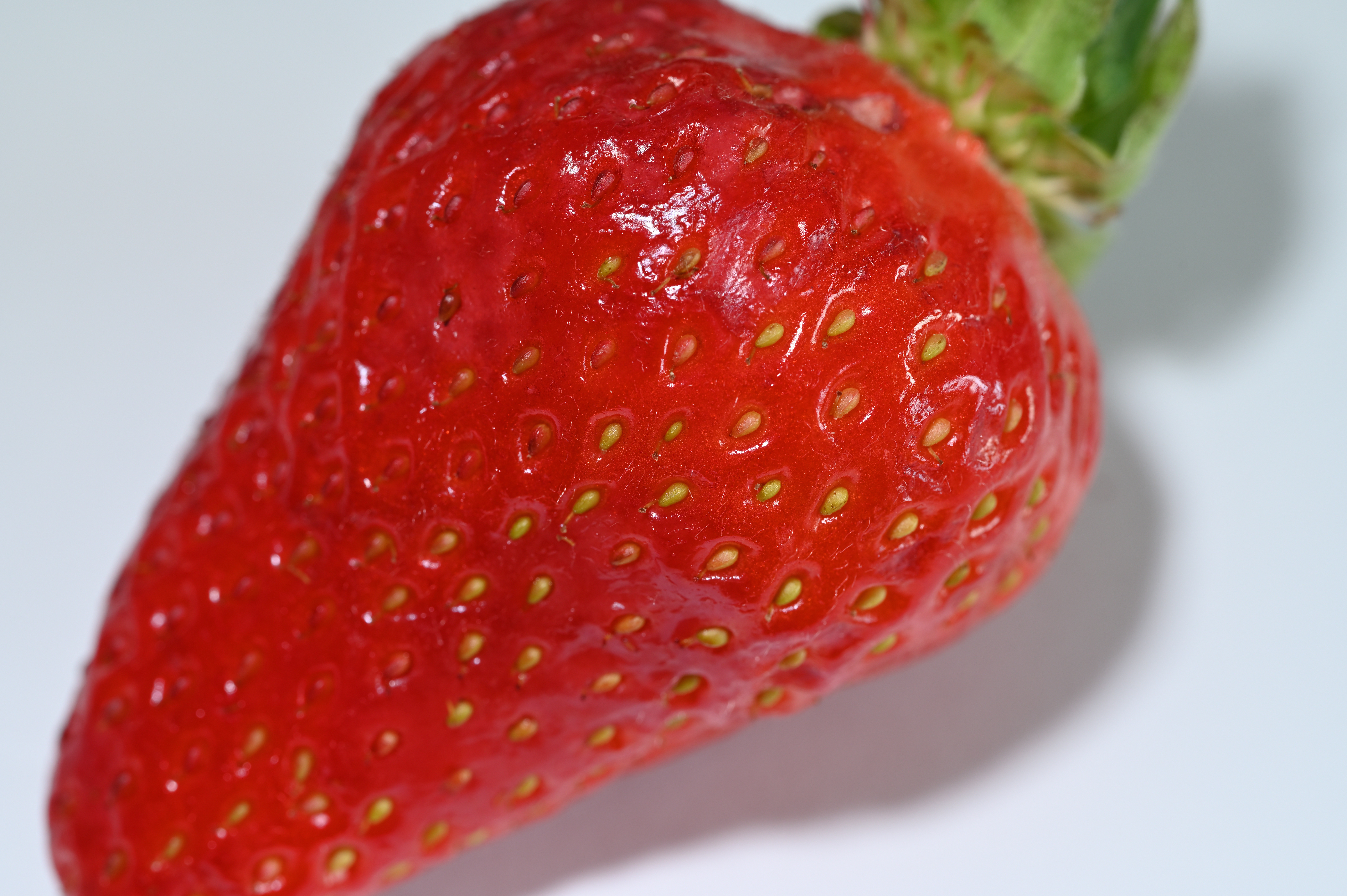


Features ★★★★★ | Top-notch features include a customizable function button and multi-mode OLED info display panel. |
Design ★★★★★ | Build quality and handling are fully pro-grade, with plentiful weather-seals and an additional customizable control ring. |
Performance ★★★★★ | Image quality is flawless for extreme close-ups at up to 1.0x magnification, as well as for portraiture and still life photography. |
Value ★★★★★ | It’s certainly not a cheap lens but it’s nevertheless excellent value for an own-brand Nikon lens of this quality and performance. |
Best macro for Micro Four Thirds
Specifications
Reasons to buy
Reasons to avoid
The Micro Four Thirds system lends itself well to macro photography. The cropped sensor delivers an effective focal-length magnification of 2x, meaning you get more telephoto reach from lenses that are both cheaper and lighter than their full-frame equivalents. This also has the advantage of increasing a macro lens' magnification factor. So, the OM System M.Zuiko 90mm f/3.5 Macro, which has a magnification ratio of 2:1, in practice delivers a 180mm field of view with a whopping 4:1 magnification ratio. Tiny subjects get blown up to four times' their actual size on the sensor, revealing an enormous level of detail. As you might imagine, this lens takes a bit of practice to wield, and its extra-tight focal length may not be suitable for every macro application. However, it's a spectacular lens that makes the most of the inherent advantages of MFT.
See our full OM System M.Zuiko 90mm f/3.5 Macro review

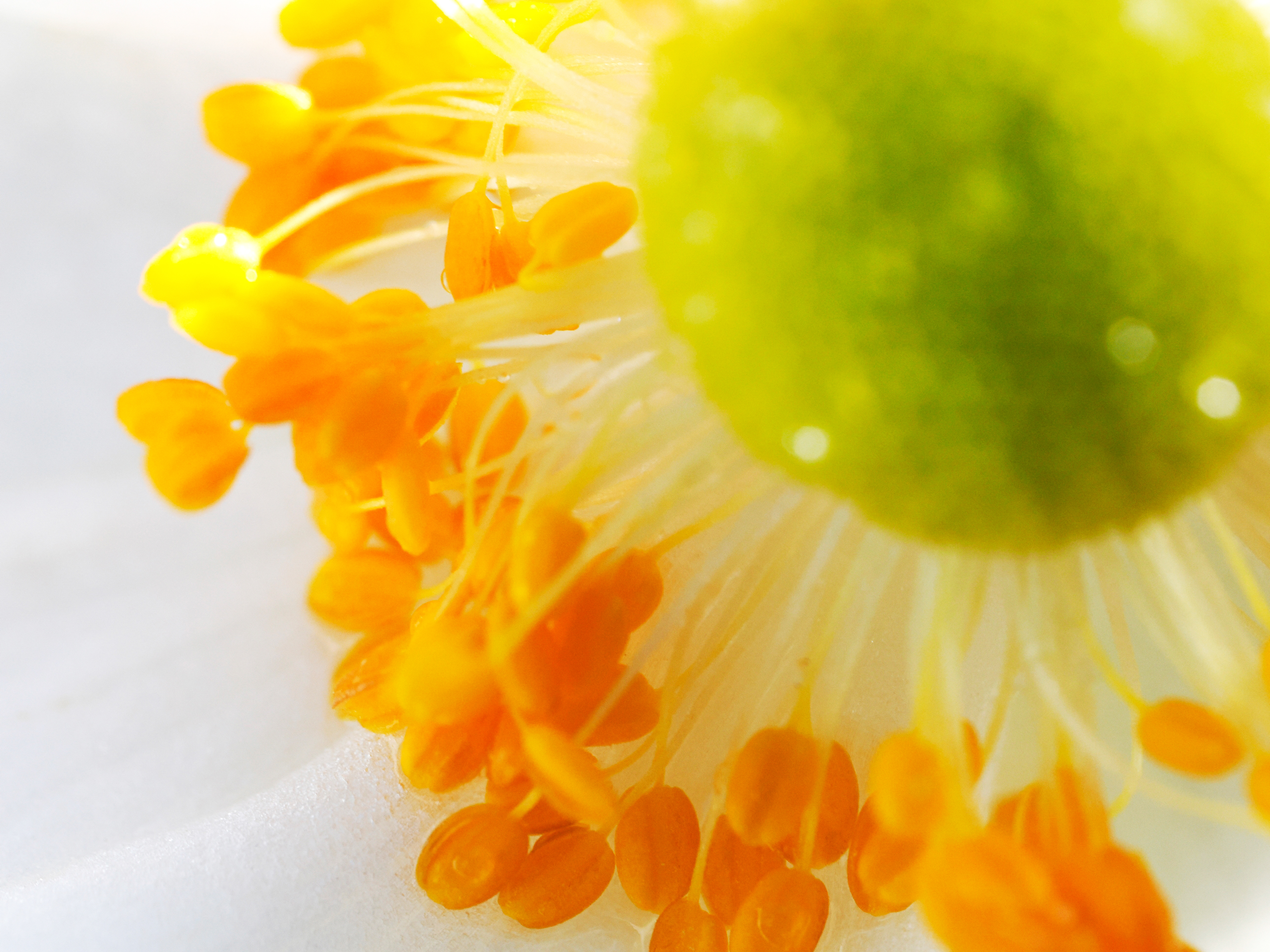


Best L-mount macro lens
Specifications
Reasons to buy
Reasons to avoid
The Panasonic Lumix impresses with its compact size, particularly notable for a full-frame macro lens. Its lightweight design stands out, making counterparts from other major brands seem bulky in comparison. Additionally, it seamlessly integrates with Panasonic’s full-frame prime lens lineup, boasting similar dimensions and weight, facilitating easier video balancing.
Image quality is great across the frame, although wide open, the corners are average until you get to f/4 before they sharpen up, but image quality in the centre is pin sharp at any aperture. At close focusing distances, the lens exhibits some focus hunting, although once locked, the focus is silent and highly accurate.
Despite the absence of optical image stabilization, Panasonic’s reliable B.I.S. compensates well, though there's curiosity about whether combined stabilization could offer even greater stability.
See our full Panasonic Lumix S 100mm f2.8 Macro review




Features ★★★★☆ | Great standard length 1:1 macro lens, but lacking OIS and doesn't push any boundaries. |
Design ★★★★★ | Weather resistant, and incredibly small and lightweight without sacrificing quality. |
Performance ★★★★★ | Excellent macro performance, slight corner softness wide open, but very sharp from f/4. |
Value ★★★★★ | Competitively priced against the competition, although other brands have a few more features. |
Best Tamron macro lens
Specifications
Reasons to buy
Reasons to avoid
The Tamron retains its relatively compact physical length of about 5 inches even at its shortest focus distance, thanks to a fully internal focus mechanism that maintains a respectable working distance for close-up shooting. Autofocus itself is driven by a VXD (Voicecoil eXtreme Drive) motor, which is rapid for general shooting as well as being virtually silent. For ultra-precise macro shooting, there’s the usual slowdown in autofocus speed, to ensure optimum accuracy. Handling extras include an autofocus range limiter and customizable function button. The lens has 15 elements arranged in 12 groups, and includes four LD (Low Dispersion) elements to enhance clarity and color reproduction while minimizing color fringing. You also get a particularly well-rounded aperture diaphragm, based on 12 blades, which is a first for a Tamron lens. Image quality and all-round performance are top-drawer.
See our full Tamron 90mm f/2.8 Di III Macro VXD review


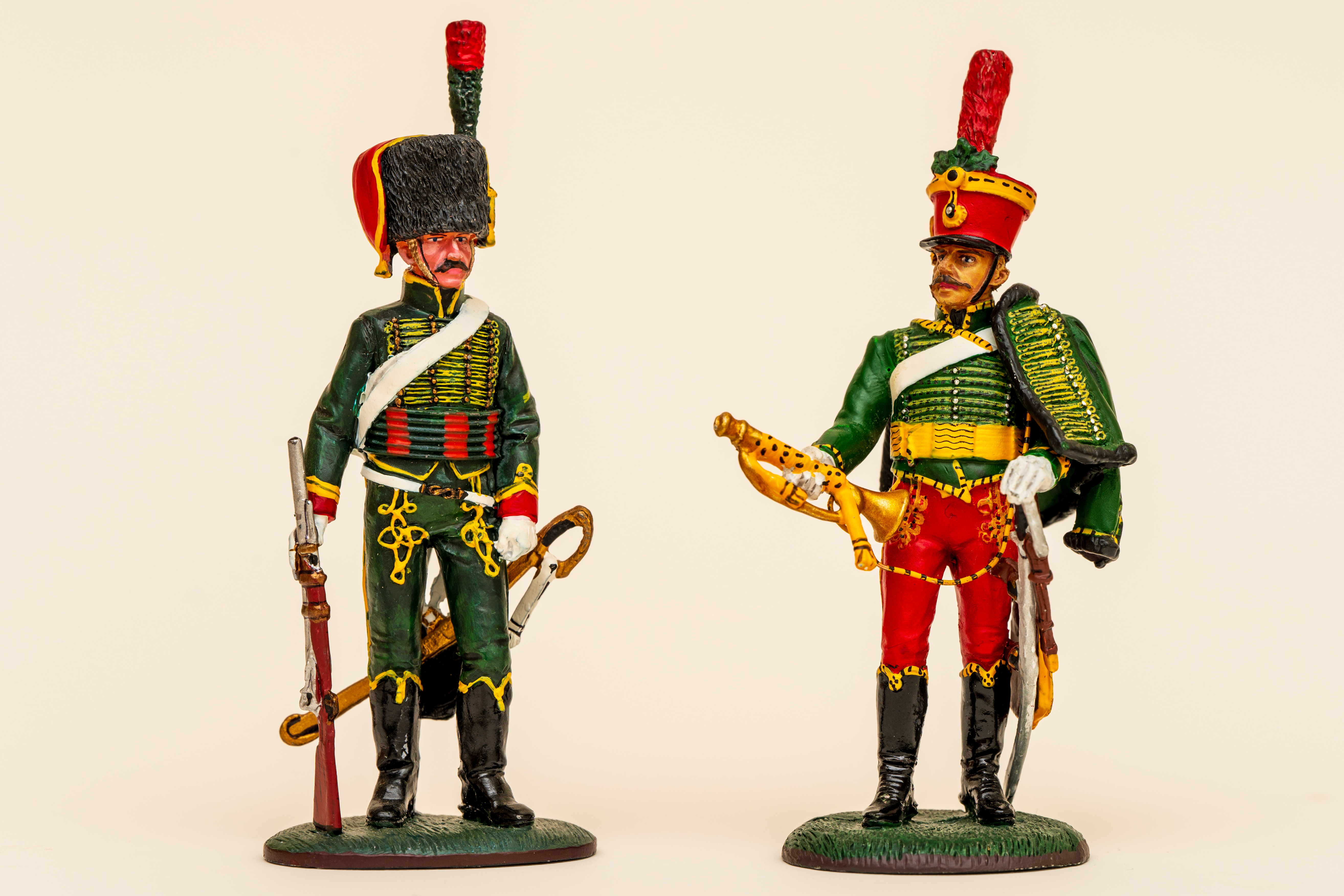

Features ★★★★☆ | There’s an autofocus range limiter and function button but no optical stabilizer nor an aperture control ring. |
Design ★★★★★ | The design features good build quality, weather-seals and great handling characteristics. |
Performance ★★★★★ | Image quality is excellent in all respects, and the autofocus system works really well. |
Value ★★★★☆ | It’s a fair bit less expensive than own-brand Nikon 105mm and Sony 90mm macro lenses. |
Lab data and comparisons
The graphs below show the comparative performance of the lenses in this guide, based on our in-house lab tests. All of these macro lenses are capable of resolving very fine detail in extreme close-up photography and most have very high scores for sharpness, with the Nikon Z MC 105mm and Tamron 90mm leading the way. The Fujifilm XF 80mm scored relatively poorly in our lab tests. As I’d expect with macro prime lenses, there’s very little color fringing and distortion in evidence, although the Panasonic S 100mm is worst for uncorrected distortion.
Scores for sharpness and color fringing are averaged from data taken across the entire image frame, from the center to the edges and corners, throughout the aperture range. For zoom lenses, the scores are also averaged from data measured at all marked focal lengths, and the same applies to distortion. Bear in mind that these average values don't fully reflect specific areas of performance. For example, a zoom lens might have noticeable barrel and pincushion distortion at its shortest and longest focal lengths respectively, which tends to average out when looking at the data overall. For more detailed graphs of each lens's performance, which give the full picture, check out the graphs in our full standalone lens reviews.
How to choose the best macro lens
While lots of lenses with decent close-up capabilities are referred to as macro lenses, there is actually stricter criteria to qualify as one. For a lens to be considered a "true" macro lens, it needs to have at least a 1:1 reproduction ratio, meaning that the subject on the sensor plane is the same as or greater than its size in real life. This is the key to getting those spectacular, frame-filling images of minuscule subjects.
There are some other important requirements for macro lenses. You're going to be getting very close to your subject, so a short focusing distance is a must, and they also tend to be longer in focal length (the sweet spot is generally agreed to be around 90-105mm, though there are variations in both directions), as this again makes it easier to fill the frame with one subject. For this reason, macro lenses are often useful in other contexts as well – their sharpness makes them good take-everywhere primes, their longer focal lengths make them handy for portraiture, and their ability to render detail makes them fantastic for food photography.
Are macro lenses good for portraits?
Yes! As you'll see from this list, most macro lenses tend to be telephoto primes around the 80-110mm mark, and this is right in the sweet spot for portrait photography. A narrow focal length like this allows you to flatter a subject's facial features, and makes it easier to throw out the background. Also, many modern macro lenses are stabilised, which is handy when shooting handheld – something you're honestly more likely to do when capturing portraits than macro images, which are often tripod-bound.
What is the different between a macro and a 'normal' lens?
The key thing that marks out macro lenses is that they are designed to focus at extremely short distances. This means that not only are they designed with a short minimum focus distance, but they also perform well when used at this distance, with a flat plane of focus and little to no fall-off in the corners. As such, macro lenses tend to be very sharp in general (as they need to be for detail-focused photography).
How we test lenses
The lens experts in our testing lab run a range of tests under controlled conditions, using the Imatest Master testing suite. Photos of test charts are taken across the range of apertures and zooms (where available), then analyzed for sharpness, distortion and chromatic aberrations.
We use Imatest SFR (spatial frequency response) charts and analysis software to plot lens resolution at the centre of the image frame, corners and mid-point distances, across the range of aperture settings and, with zoom lenses, at four different focal lengths.
There's more to it than just the technical side, though! Beyond the lab, our reviewers test lenses in real-world environments – and sometimes on professional shoots! We work with lenses both indoors and outdoors, in studio conditions and in natural light, with as many different subjects as is possible (or appropriate – there's no point testing a landscape lens' ability to shoot a portrait!).
We take into account everything from handling and ease of use to speed of autofocus and the overall quality of the images produced.
Find out more about how we test and review on Digital Camera World
The best camera deals, reviews, product advice, and unmissable photography news, direct to your inbox!
Matthew Richards is a photographer and journalist who has spent years using and reviewing all manner of photo gear. He is Digital Camera World's principal lens reviewer – and has tested more primes and zooms than most people have had hot dinners!
His expertise with equipment doesn’t end there, though. He is also an encyclopedia when it comes to all manner of cameras, camera holsters and bags, flashguns, tripods and heads, printers, papers and inks, and just about anything imaging-related.
In an earlier life he was a broadcast engineer at the BBC, as well as a former editor of PC Guide.






